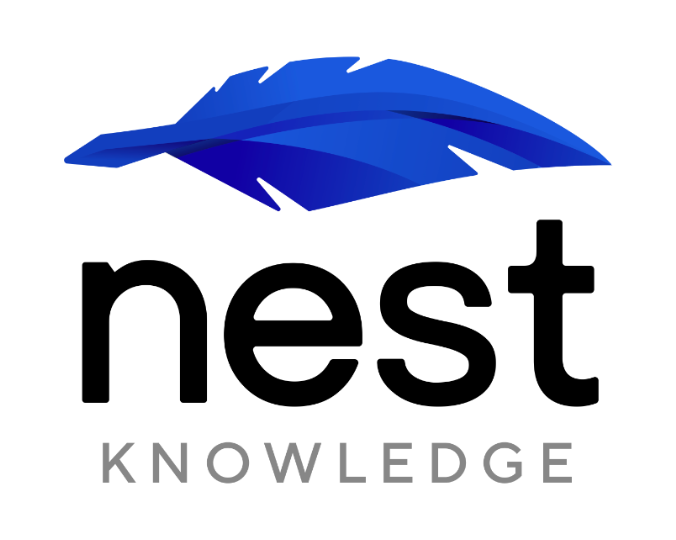“Phonics instruction helps children decode words accurately, a crucial skill for fluent reading.”
Dr. Linnea Ehri
Nest Phonics . . . the best start to reading.
The science of reading extends its influence to the very heart of early childhood education: teaching children how to read. According to the National Institute for Child Health and Human Development (NICHD), early reading instruction should encompass various aspects, including phonics, vocabulary development, and comprehension strategies.
Statistics reveal that children exposed to early reading interventions, such as interactive read-alouds and vocabulary-rich environments, exhibit substantial gains in reading comprehension. In fact, the NICHD’s research emphasizes that “Early reading experiences lay the groundwork for lifelong literacy.”

Educators can employ evidence-based strategies like shared reading and guided reading to nurture early literacy skills. By engaging in meaningful conversations about the story, asking open-ended questions, and exploring the nuances of language, young learners not only develop their reading abilities but also foster a deep love for books and storytelling.
In conclusion, the science of reading underscores the importance of phonics, letter recognition, and early reading skills in early childhood education. By incorporating these research-backed approaches, educators can empower young learners to embark on a lifelong journey of literacy and learning.
11
54
23
By the end of the first grade. Compared to those who don’t receive such instruction.


